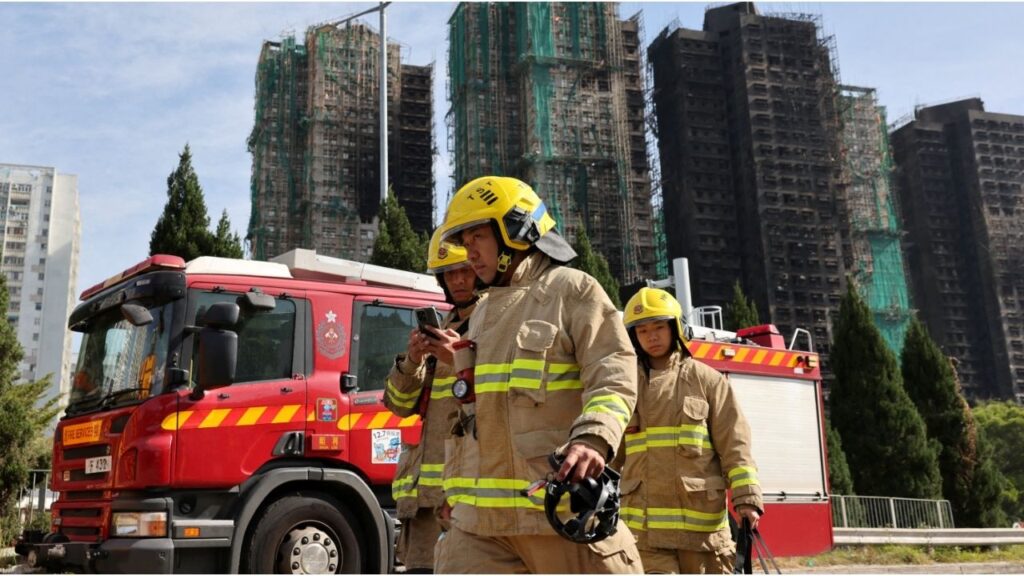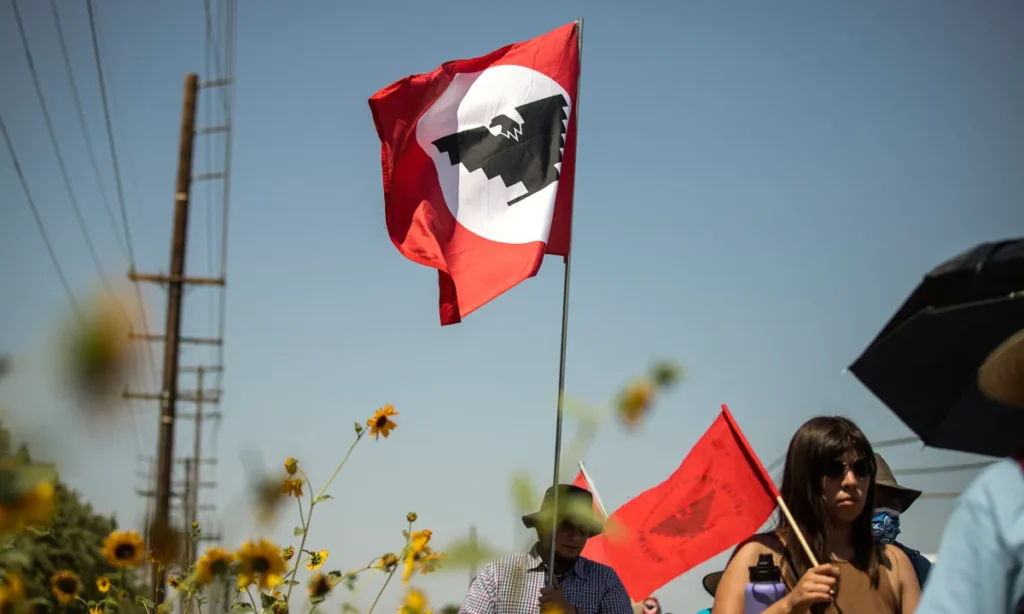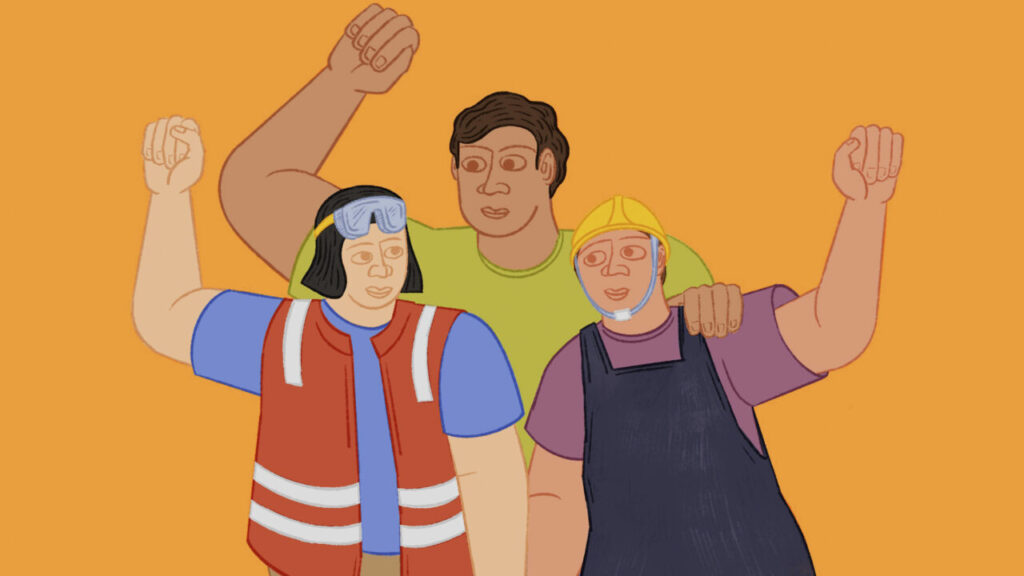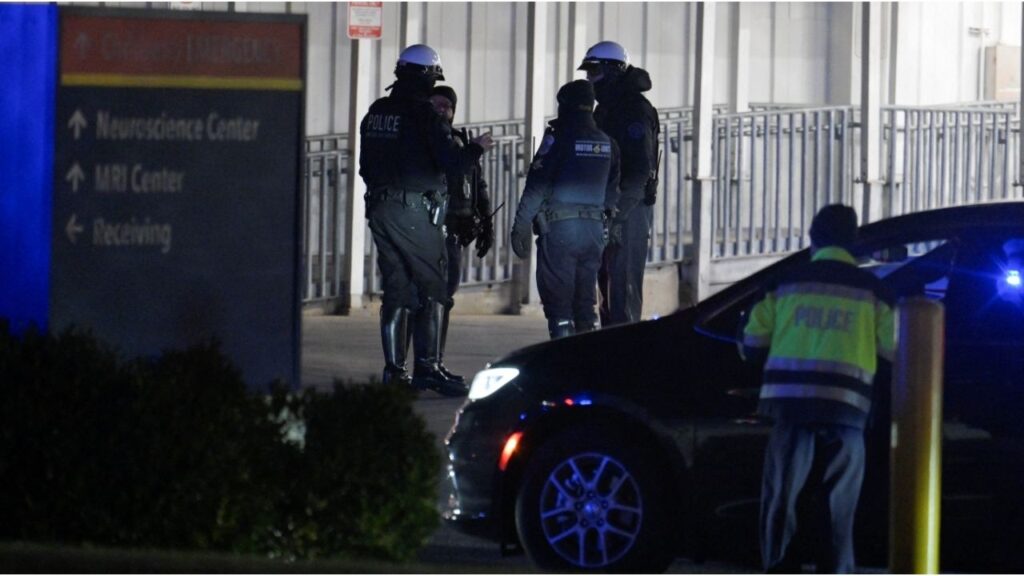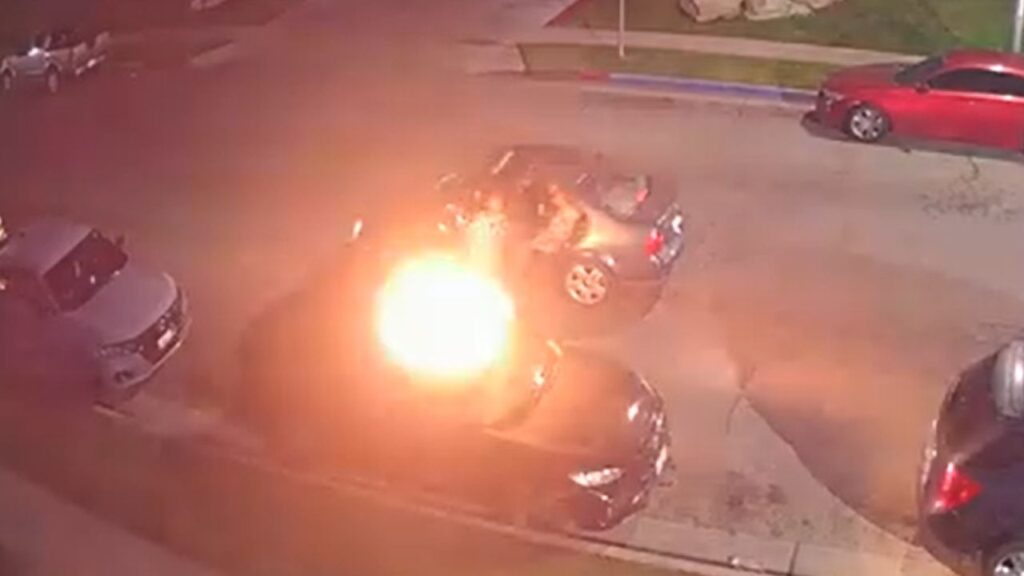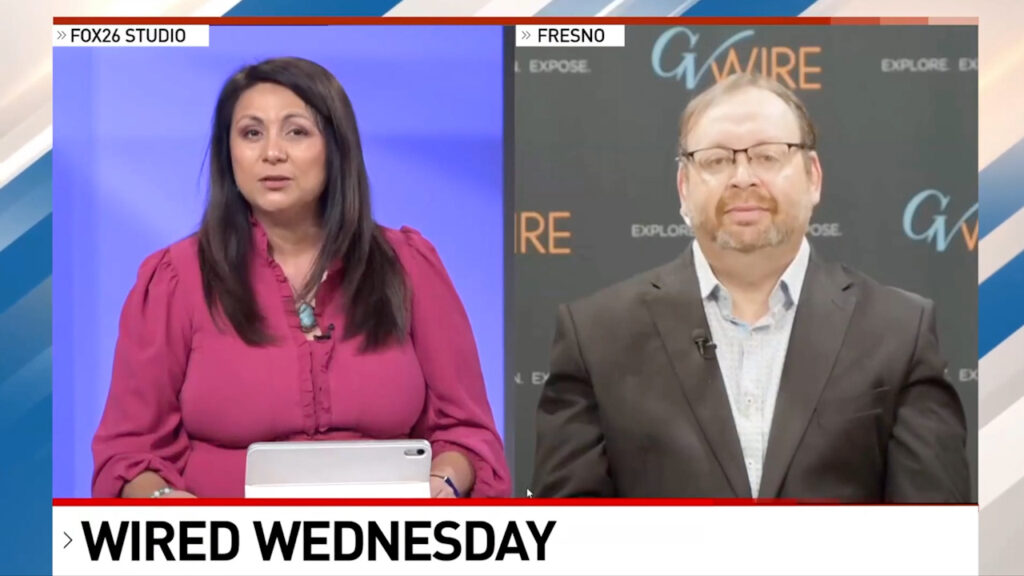President Donald Trump wants to overhaul Delta water deliveries flowing through the federal Central Valley Project and State Water Project to cities and farms. (Bureau of Reclamation)

- President Donald Trump lost no time Monday in advancing his agenda for California’s water supply.
- The memo calls on the Secretary of Commerce and the Secretary of the Interior to develop a new plan within 90 days.
- Trump titled his plan “Putting People Over Fish: Stopping Radical Environmentalism to Provide Water to Southern California."
Share
|
Getting your Trinity Audio player ready...
|
President Donald Trump lost no time Monday in advancing his agenda for California’s water supply with a “presidential action” intended to send more Delta water south to millions of Southern Californians and San Joaquin Valley farms.

Alastair Bland
CalMatters
The memo calls on the Secretary of Commerce and the Secretary of the Interior to develop a new plan within 90 days “to route more water from the Sacramento-San Joaquin Delta to other parts of the state for use by the people there who desperately need a reliable water supply.”
Entitled “Putting People Over Fish: Stopping Radical Environmentalism to Provide Water to Southern California,” Trump’s order calls for reinstating 2019 regulations drafted by his first administration.
At stake are the rules that guide the operation of the federal Central Valley Project and State Water Project, the two systems that deliver water from Northern California rivers to San Joaquin Valley farmers, Southern California residents, and other water users in the southern half of the state.
Because the two systems harm salmon and other protected fish, the regulations have been highly contentious and debated among federal and state officials, environmentalists, farm groups, tribes and scientists for decades.
State Official Says Trump Orders Will Hurt People, Farms
Trump apparently is asking his agencies to override the latest version, years in the making, that the Biden administration, with the support of Gov. Gavin Newsom’s administration, announced in December.
Karla Nemeth, director of the state Department of Water Resources, said returning to the earlier Trump rules “has the potential to harm Central Valley farms and Southern California communities that depend upon water delivered from the Delta, and it will do nothing to improve current water supplies in the Los Angeles basin.”
She said the rules from the Biden and Newsom administrations are the product of a three-year, labor-intensive process “to balance the needs of tens of millions of Californians, businesses, and agriculture while protecting the environment.”
The Biden-Newsom plan is supported by urban water districts and many Central Valley agriculture groups, including the Metropolitan Water District of Southern California, the State Water Contractors, and the Sacramento River Settlement Contractors, which represents farmers.
Westlands Water District Welcomes Trump’s Orders
However, the Westlands Water District — representing a large San Joaquin Valley farming region in parts of Kings and Fresno counties — welcomed the President’s message.
“We are grateful to see that the water supply issues facing California are a priority of the Trump Administration,” Allison Febbo, the district’s general manager, said in a statement. “We look forward to working with the State and incoming Federal administrations to find a path forward that benefits all.”
Trump in his memo recounts how the Newsom administration, attempting to protect endangered fish, “filed a lawsuit to stop my Administration from implementing improvements to California’s water infrastructure.” He wrote that his plan “would have allowed enormous amounts of water to flow from the snow melt and rainwater in rivers in Northern California to beneficial use in the Central Valley and Southern California. … Today, this enormous water supply flows wastefully into the Pacific Ocean.”
But the rules that Biden and Newsom agreed upon in December would actually send more water to Southern California than the Trump rules that they replaced, according to an environmental analysis of the plan.
Trump’s implication that his plan offered more water to Southern California than Biden’s is one of several inaccuracies that Jon Rosenfield said make the Jan. 20 memo difficult to interpret.
“It’s not worded with any precision and it embeds a lot of false premises,” said Rosenfield, the science director with the environmental group San Francisco Baykeeper. “It shows an incredible lack of understanding of how California water works.”

Water Flowing to the Ocean Isn’t Water: Environmental Group
Restore the Delta, an environmental group based in Stockton, challenged Trump’s assertion that river water that completes its seaward journey is a wasted resource. Instead, the group said, it “sustains the largest estuary on the West Coast — a vital resource for California’s economy, recreational and commercial fishing industries, Delta farmers, local businesses, and millions of residents who depend on clean, safe water.”
The group Save California Salmon, which represents tribal communities and the fishing industry, said Trump “suggests a water scarcity that does not exist.” The group blamed the collapse of the state’s Chinook salmon fishery – which has been shut down since 2023 — on water regulations that the Trump administration implemented five years ago.
Trump Invokes Wildfires to Justify Water Orders
Trump’s memo also invoked the wildfires in Southern California as a reason why his “plan must immediately be reimplemented, saying his rules would “provide water desperately needed there.”
But Southern California water officials recently said they have a record amount of water in storage. The region’s largest reservoir, Diamond Valley, is almost full as are several smaller ones.
A city reservoir in Pacific Palisades has been dry for about a year but it was emptied for repairs, not because of lack of water. Los Angeles receives most of its supply from the Owens Valley, the Colorado River and from groundwater, not the Delta.
While Trump claimed in a Jan. 8 social media post that Delta regulations had affected firefighters’ ability to battle the devastating Palisades Fire, local officials rejected the notion. Instead, Los Angeles Department of Water and Power officials said the sudden increased demand from fire hoses exceeded the capacity of the system to deliver it, causing hydrants to run dry.
“California’s reservoirs are at or above average including in Southern California where facilities have enough water to meet demands including firefighting efforts,” said Nemeth of the state water resources department.
Trump has repeatedly expressed hostility toward the Delta smelt, a small endangered fish, recently ridiculing it as “worthless.” But conservationists say the smelt, which is nearly extinct, is just one casualty of an entire ecosystem, from its mountain headwaters to San Francisco Bay, that is collapsing. Also in steep decline are several runs of Chinook salmon, steelhead and two sturgeon species.
There Must Be a Balance: Sarah Woolf
Some farmers say they want a fair allocation that gives water to them as well as the environment.

“There’s no question there needs to be a balance for both sides. We continue to have a real supply bottleneck in the Delta that hasn’t benefited species or the water users and just causes gridlock in delivering water.” — Sarah Woolf, farmer, Fresno and Madera counties
“There’s no question there needs to be a balance for both sides,” said Sarah Woolf, a farmer in Fresno and Madera counties, where farmers have long voiced dissatisfaction with rules limiting water deliveries. “We continue to have a real supply bottleneck in the Delta that hasn’t benefited species or the water users and just causes gridlock in delivering water.”
Rosenfield said he thinks that the 2019 Trump rules violated the Endangered Species Act because they led to massive mortality of winter-run Chinook below Shasta Dam three years in a row, plus heavy losses of protected steelhead at Delta pumps.
Jennifer Pierre, general manager of the State Water Contractors — which relays Delta water to 27 million Californians and 750,000 acres of farmland — pointed out that longfin smelt was federally listed as an endangered species in 2024. This, she said, would complicate any potential efforts to restore Trump’s 2019 water management rules, known as biological opinions.
“Can you go back to the 2019 rules?” she said. “I’m not sure. We’ve got a new species listed.”
RELATED TOPICS:
Categories

Reedley Repeat Drunk Driving Suspect Charged With Murder
